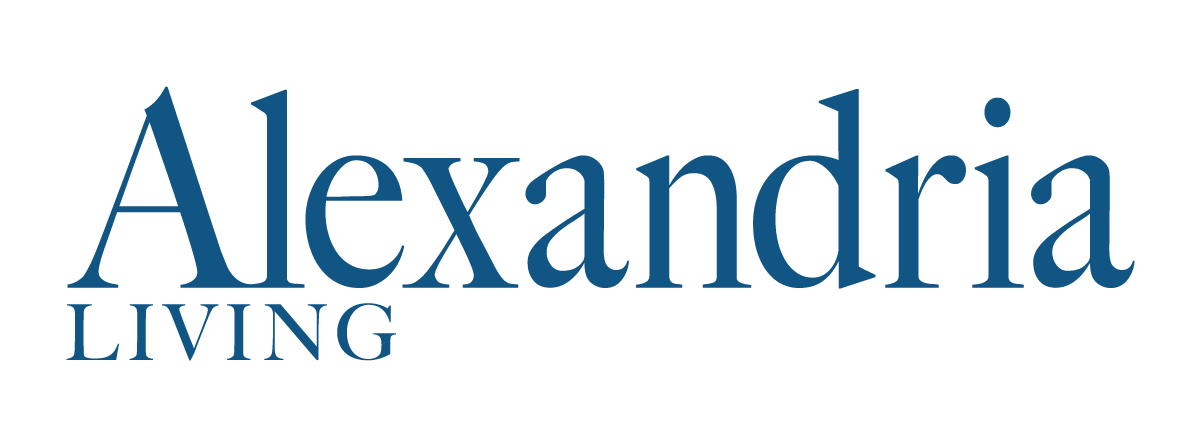The Alexandria City Council on Tuesday will consider what steps need to be taken to make the Torpedo Factory more vibrant and sustainable. Since 1974, the Torpedo Factory has housed the largest collection of open studios in the nation, with 91 studio artists and multiple galleries.
A "study of studies" came away with three core strategic directions for the art center on Alexandria's waterfront:
- Re-establish the Art Center’s Identity for a 21st Century Audience.
- Curate the Building, with a Focus on the First Floor, for Improved Visitor Experience and Artist/Studio Program.
- Establish Policies and Procedures that Identify the Art Center as a High Performing Organization and Rebuild the Art Center’s Role as a Leader in the Country.
Next steps will likely center on an action plan for making the center more vibrant and sustainable, how to bring in more revenue on an annual basis beyond rental fees paid by artists and special events held at the building, paying for $10 million to $15 million in capital improvements to the building and what if any changes to management might come about.
Ideas that are circulating include a redesign of the first floor and the waterfront entrance, to make it more inviting; creating more public events and programs centered on family, technology and diversity and looking at making the third floor an event or lecture space.
The City is the owner of the building and artists and others rent studios at the center.
Meanwhile, like other businesses, the center has been quieter these days, due to the pandemic. Since COVID-19 began spreading across the country almost a year ago, “artists were given the option to claim a hardship, and have either limited the number of hours they are in their studios, or have chosen not to return until the restrictions are lifted," Art Center spokeswoman Alyssa Ross said.
The Torpedo Factory deferred rent for all artists from April to June, she noted, in order to support the artists in the beginning of the pandemic; the center also creates local artist gift guides and promotes artists on social media.
Even though no studios have permanently shut down, “19 artists who occupied 10 studios chose to vacate their space during the pandemic,” artist Rosemary Feit Covey said. As the studios slowly begin to fill up again, there is “a renewed sense of life” at the center.
Covey, an experimental painter, has worked in the Torpedo Factory for 15 years. With a canceled residency and unable to visit her mother, Covey said COVID-19 has awoken what every "starving artist" experiences — insecurity and a fear of uncertainty.
Despite that uncertainty, new opportunities came with the changes such as commissions, and an online exhibit she worked on with McLean Project for the Arts. She has “used [this experience] like a residency,” taking time to reflect on the pandemic and let that be reflected in her work.
She said she feels inspired by and more connected to the artists who continue to work at the center, including Ruth Gowell, a fiber and glass artist who works in a studio overlooking the Potomac River. Gowell has worked in the Torpedo Factory on and off since the late 1970s. Like Covey, she said she still feels support from the Torpedo Factory and the City of Alexandria despite feeling insecure about the future.
In the end, Gowell said what she misses most is talking to people from all over the world about her work.
For the future of the Torpedo Factory, Covey hopes for more evening programs for people “young in spirit.”
Both said they are hopeful that Alexandria will continue to support the artists and that the artists continue doing great work at the Torpedo Factory.



